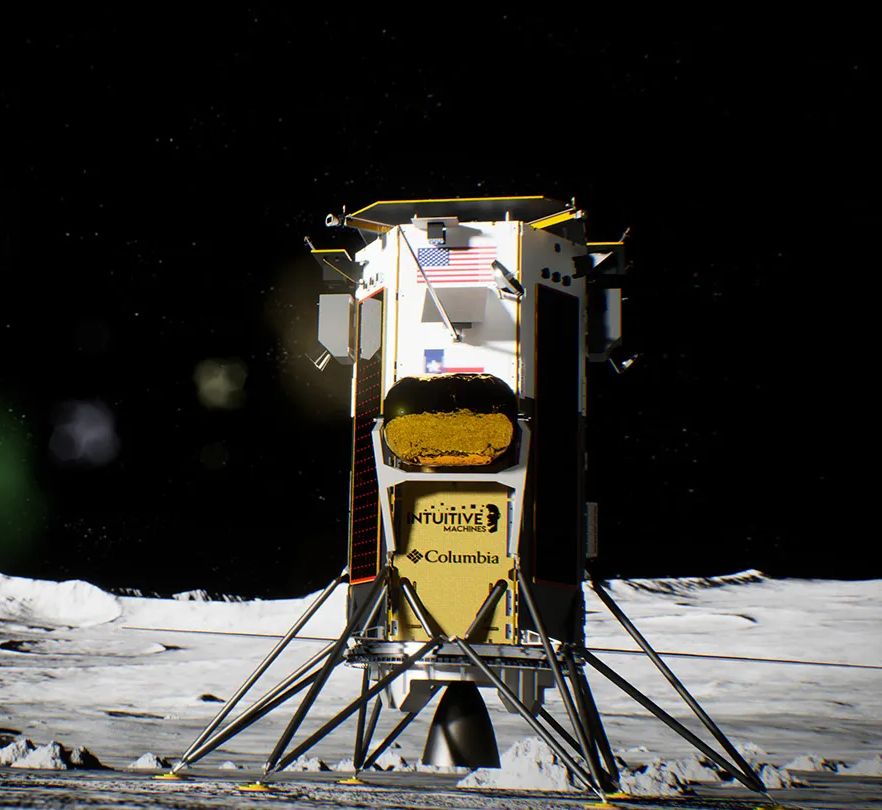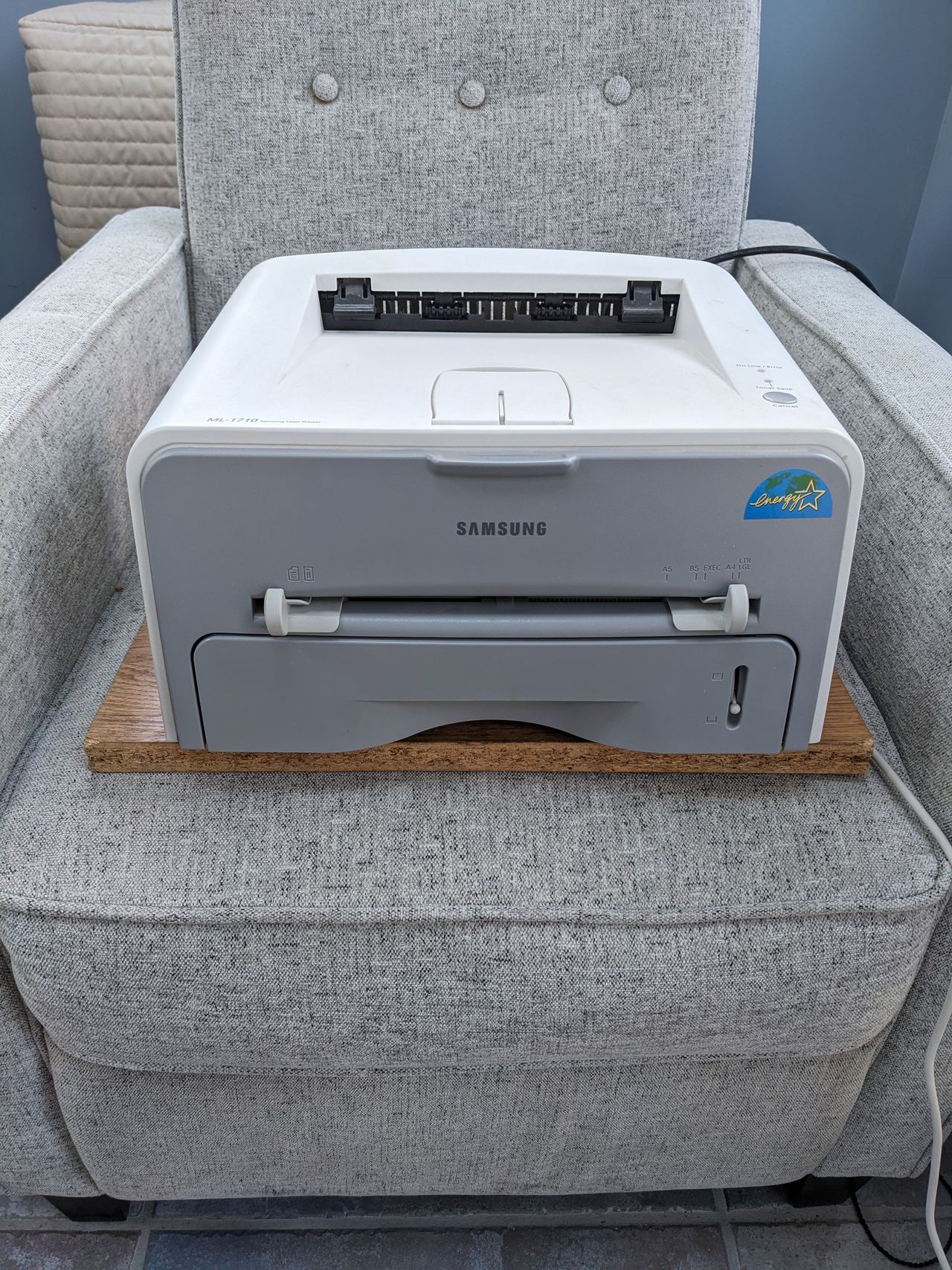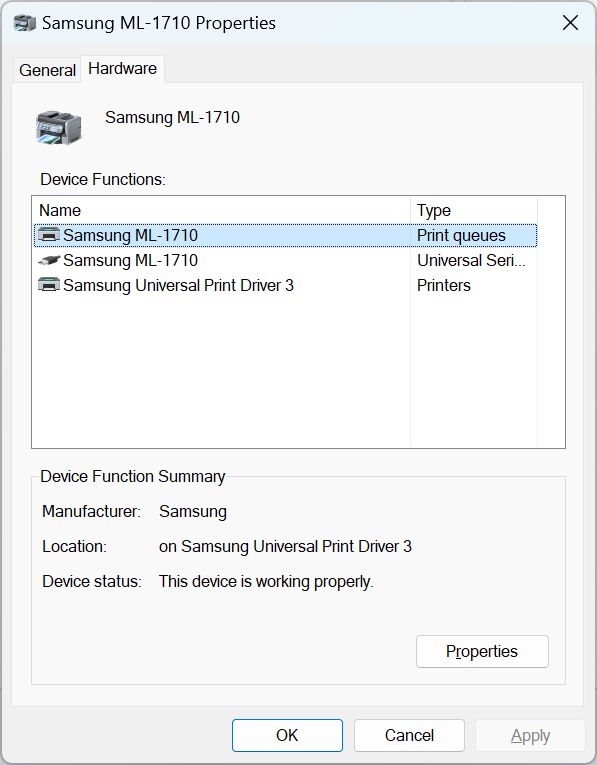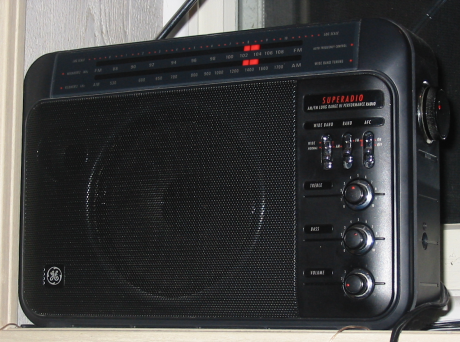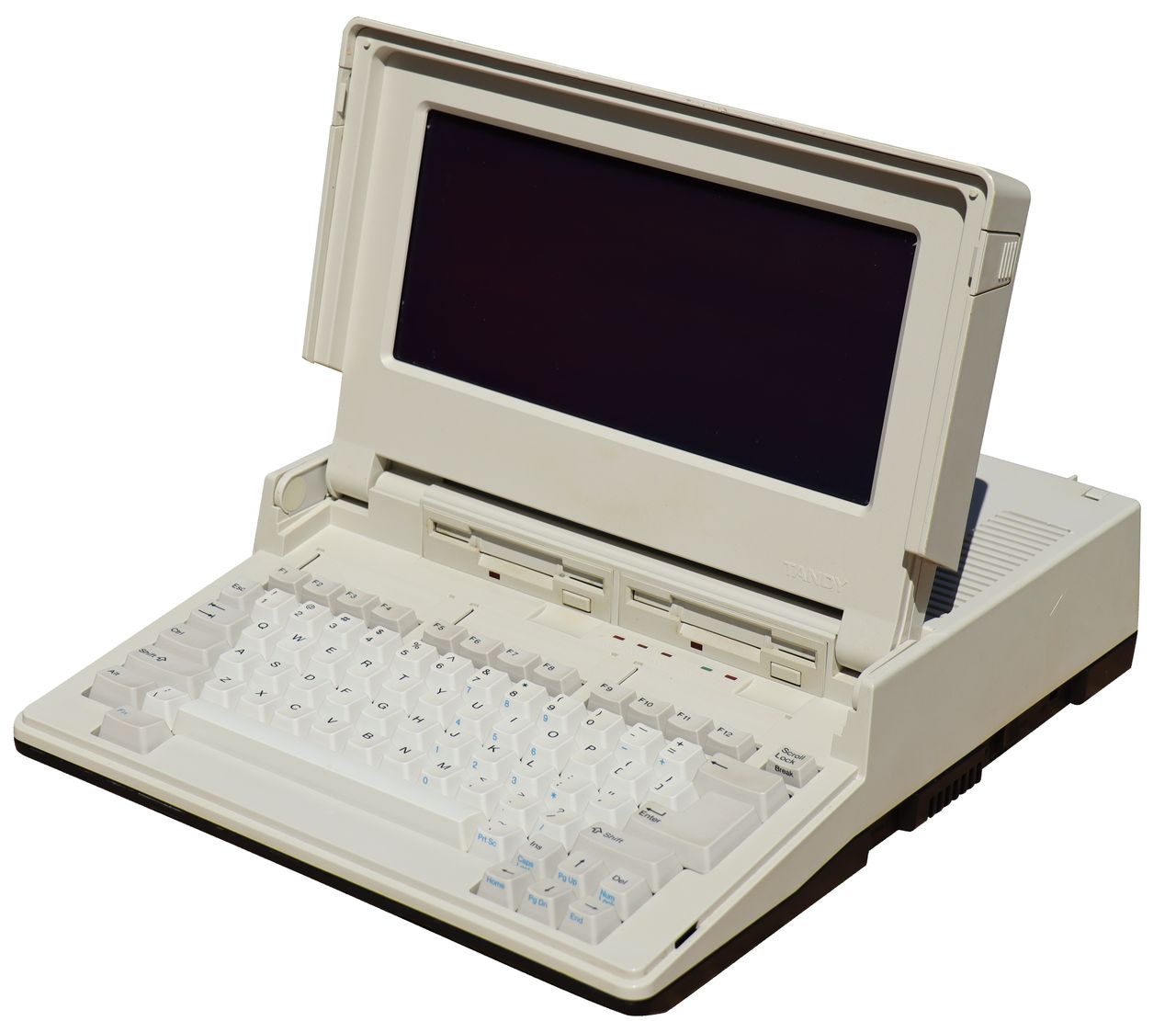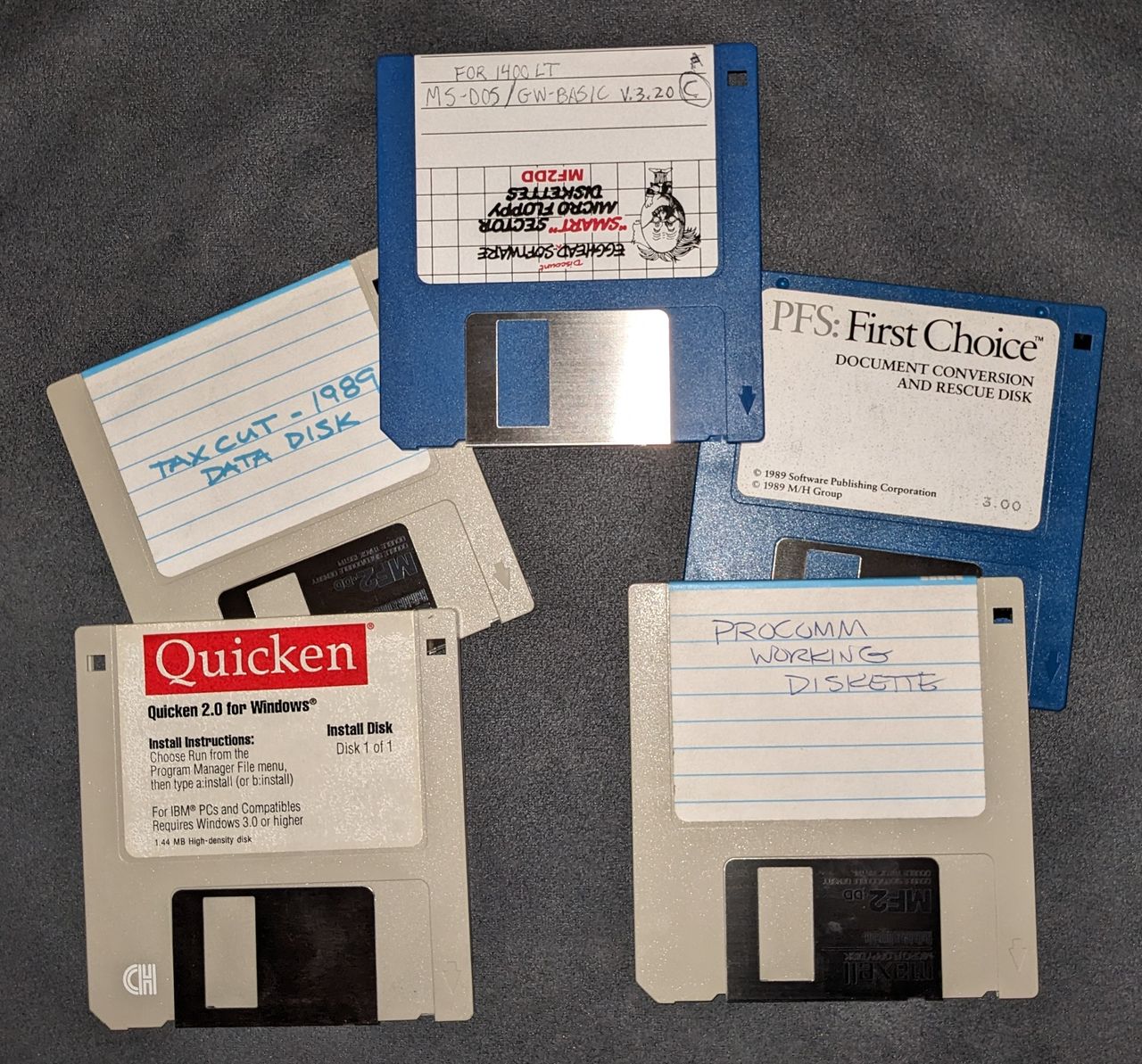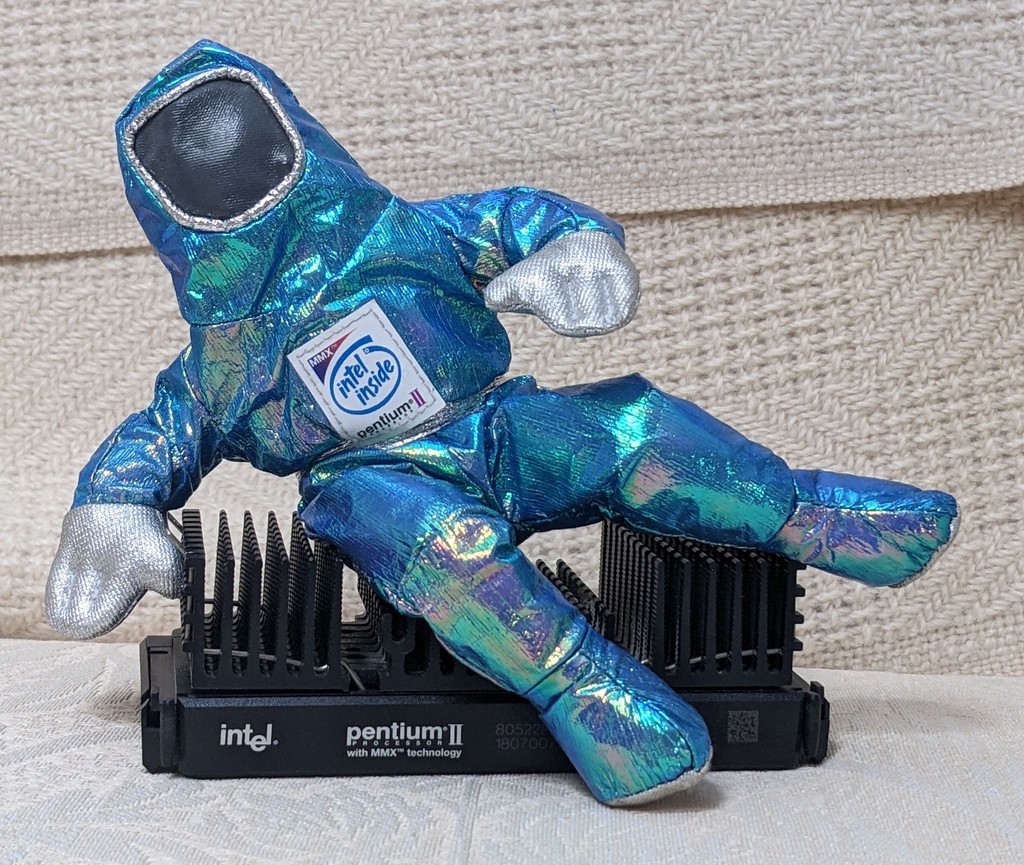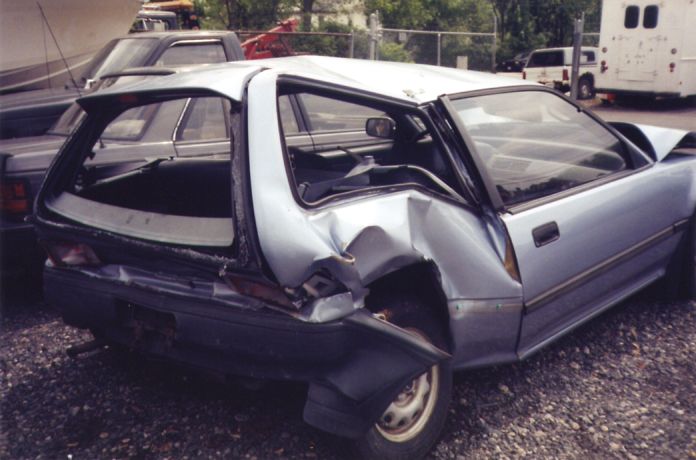I don’t know how it’s possible that the second semester of my freshman year of college was 50 years ago, but it was. What a crazy time! Having broken up with my girlfriend at home to pursue Felicia at school, only to let go of her under very sad circumstances, I stuck to my studies. Then I met Karen.
In all sincerity, every one of my girlfriends was amazing. I’ll never know how amazing staying with Felicia would have been, but I was with Karen for a long time and she was extra amazing. While I was working at a restaurant for my summer job, Karen was at Digital Equipment Corporation, where her father worked.
DEC was beyond huge in Massachusetts, being the primary economic engine behind the so-called Massachusetts Miracle that was the basis of Mike Dukakis’ run for president in 1988. If Dukakis, who I met several times when I was a radio reporter, had won the White House, the end of his first term would have been at the start of DEC’s rapid decline and demise.
Before PC’s took over corporate desktops there were text-based terminals, most notably the DEC VT100 series. They were attached at low speeds, typically 9600 bps, to terminal servers that were installed along 10 megabit/sec Ethernet backbones. And I do mean backbone. Those cables were thick!
My first installation with DEC terminal servers was a challenge. Many, but not all, of the minicomputer networks I installed were dedicated to our system. We had our own terminal server operating system that needed to be downloaded from our host systems.
I was at a hospital somewhere, and when powering up our DECServers it was a toss-up whether one of the VAX systems running our operating system, or a VAX running DEC VMS, would be the first to catch the request for a download. Like a chirping baby bird wanting to be fed.
Fortunately, a DEC field engineer was there. We looked at everything together, and once I had a good handle on the problem I called the office to update Brad, who had written the code that was downloaded onto the DECservers. Brad also happened to have been one of my college roommates.
The request for a download was an Ethernet broadcast. It was seen by all nodes on the backbone, and it came from the DECserver firmware. Brad reminded me of what I already knew, that there was nothing he could do to change that. We agreed the best idea was to find out if there was a way to create an exclusion list of hardware addresses, called a MAC address, within DECnet.
The FE was an affable guy who was easy to work with, and I told him that short of installing a completely separate backbone, a fix would have to come from DEC. He said he had no idea, “above my pay grade,” and that “DECnet isn’t even in Tier 1 support. I’ll have to call the escalation center in Colorado.”
He called, and when he had someone on the line he got a gleam in his eye, and a big smile to go with it. “We’re in luck! It’s Karen!” I looked at him intently and asked, “Karen… [name withheld]?”
His jaw dropped, he stared at me and asked, “Now how the Hell do you know that?” I didn’t. All I knew was that “my” Karen had worked at DEC in college, and not in Colorado. But when I saw his smile, and the way he said, “It’s Karen,” I knew it had to be her. Karen has a very sweet voice.
I gestured for him to hand the phone to me. It was the first time in over ten years that we had spoken. “Karen? It’s Doug. Brad’s on the other line.” Silence. Then a big disbelieving laugh. “HOW ARE YOU????”
We updated each other very quickly, then I explained the details of the problem. Karen said there was an easy fix. “I’ll need a list of the MAC addresses on your DECservers, then I’ll dial in and create an exclusion list in DECnet to ignore broadcasts from those addresses.”
I almost said, “Karen I love you!” but limited myself to, “You’re the best!” Brad was very amused hearing that Karen was fixing our problem. The shared backbone was soon working perfectly, carrying two co-existing, non-conflicting protocols. Ten years later, when DEC was being broken up for sale, Karen took a generous buyout. She continues to live in Colorado.

